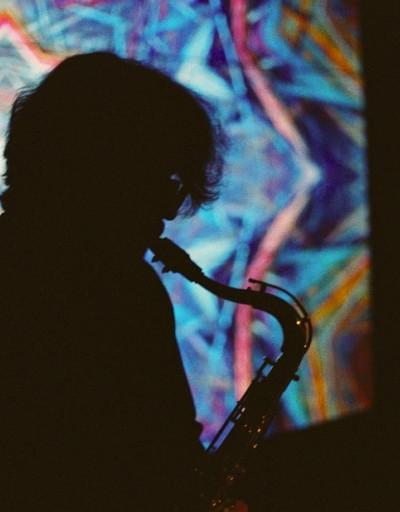To mark International Jazz Day (30 April), UNESCO Almaty Cluster Office asked Ruslan Yakupov, a creative producer and co-founder of Kazakhstan's independent music association and label "qazaq indie", to tell us about some little-known pieces of Central Asian jazz.
In the Soviet Central Asian republics of the 1970s and 1980s, there was a distinct phenomenon of Central Asian jazz. The sound of the bands of that time was influenced by jazz-fusion and jazz-rock and merged with local contexts, traditions and national musical culture. The unique albums of "Sato" and "Anor" ensembles from Uzbekistan and "Firyuza" and "Gunesh" from Turkmenistan were formed in this context.
"Sato" Jazz Ensemble, "Efsane" album (1986)

"Sato" Jazz Ensemble, "Peredai dobro po krugu" (1987)

"Anor" Modern Music Ensemble, "Vkus Granata" Album (1988)
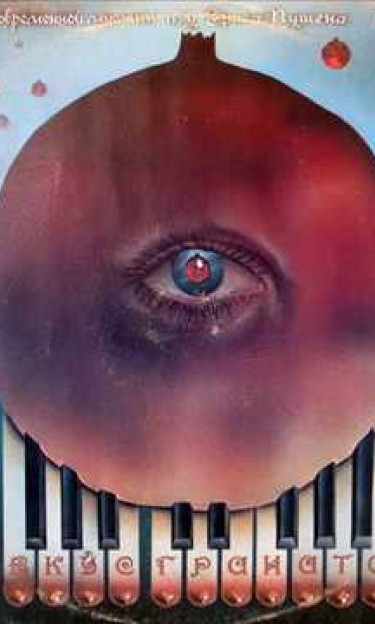
"Firyuza" Instrumental ensemble, "Firyuza" album (1979)
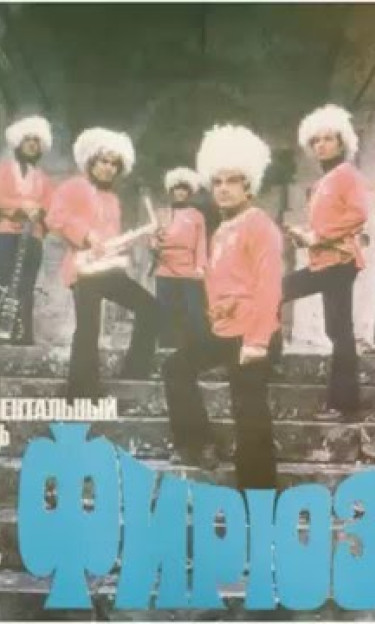
"Gunesh" VIA, "Gunesh" album (1980)

"Gunesh" VIA, “Vizhu zemlu” album (1984)
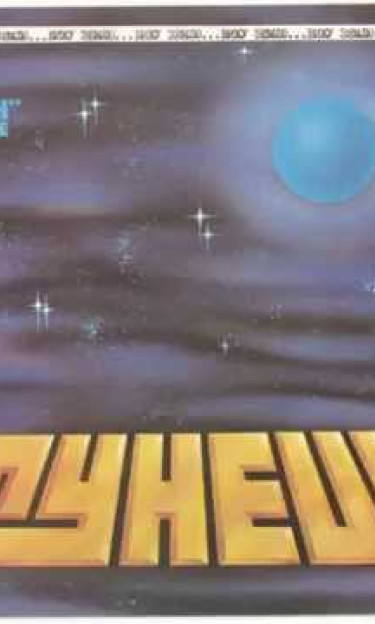
Speaking of the region, it is important to mention the role of the jazz festival that took place in Fergana and became a launching platform for many jazz musicians of that period. The festival set the standard and influenced the growth of the local jazz scene.
The jazz scene in Almaty of that period and, in particular, the "Boomerang", "Medeo" and "Sankar" ensembles were an important discovery for me. Drummer and leader of "Boomerang" ensemble - Tahir Ibragimov, whose personal will, experience and ability to unite the most talented musicians made it possible to record jazz artifacts of that time, stand out. I'd like to highlight the third album by the "Boomerang" jazz ensemble, Mirage. The unique authentic sound of the "oriental jazz" of Boomerang (mixture of traditional instruments of different nations: from Indian sitar to percussion of Caucasian, Central Asian and African communities) has found new shades in contact with electronic arrangements of the third record.
"Boomerang" Jazz Ensemble, "Ornament" album (1985)
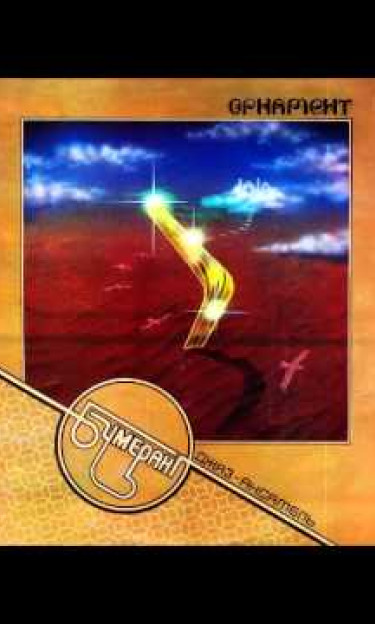
"Boomerang" Jazz Ensemble, "Mirazh" album (1988)
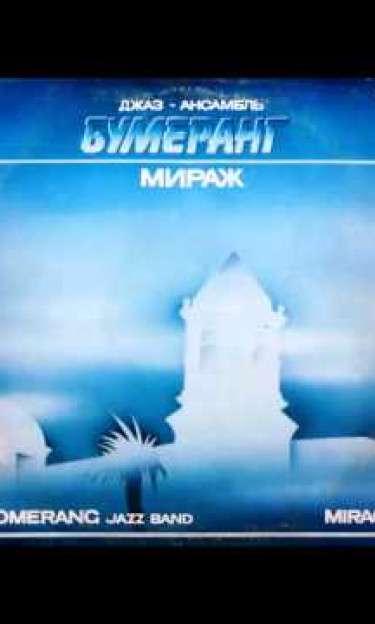
Performance of the "Boomerang" Jazz Ensemble at "Jazz-82" Festival

Another artefact of the time, the "Medeo" album of the band of the same name. As well as Boomerang, it participated in various jazz festivals and accompanied pop singers of that time. In 1985, under the guidance of pianist Vladimir Nazarov (also a member of Boomerang), together with Kazakh composers of that time (Tles Kazhgaliev, Almas Serkebayev, Vladimir Lvovsky and Eduard Bogushevsky), a unique electronic album "Medeo" was recorded.
"Medeu" Ensemble, "Medeu" album» (1984)
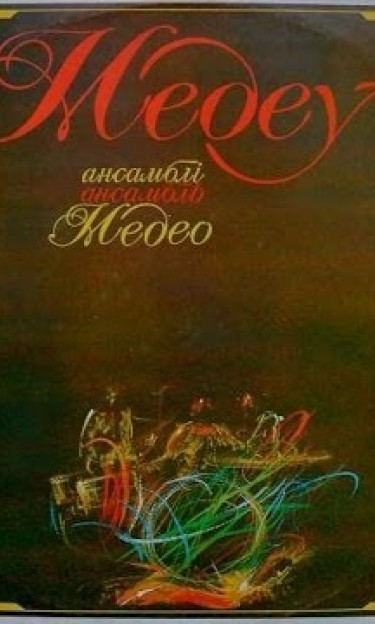
In 1988, another project of Vladimir Nazarov, "Sunkar", recorded "Altyn Olke" album, an important example of jazz-rock of that period. As in the case of both this album and Medeo, very little information about these works has remained, and their reissue is still a matter of concern (the albums were limited editions and can only be found online by luck).
"Sunkar" Band, "Altyn Olke" album (1988)

In conclusion, I'd like to talk a little about modern jazz and pay attention to the Kazakh composer and performer Damir Uysumbayev. Formerly the leader of "Nar" and "Damu", today Damir, among other things, continues his solo project, and his music also reflects the influence of regional music and local traditions.
Damir Uysumbayev и "Damu" band, "Mystical" album (2017)
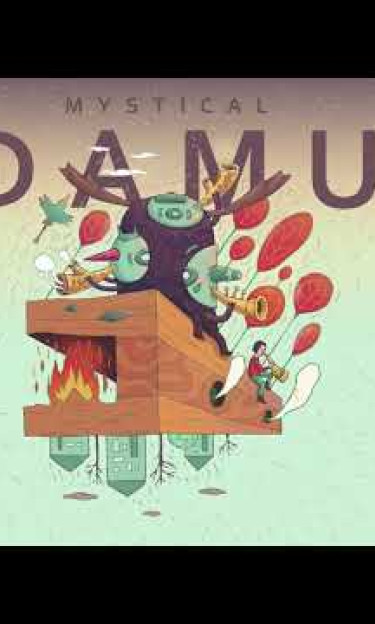
"qazaq indie" is a music association and label from Almaty. This initiative was created to support independent music culture in Kazakhstan. They organise concerts and festivals and provide management support for artists. Recently, they launched a pilot project, "şañ basqan" ("covered with dust" in Kazakh), which aims at finding and preserving information about the history of Kazakh musical culture. They point out that due to the lack of comprehensive studies of music culture, the institute of music criticism, sufficient number of professional specialized media and attention to the diversity of culture in the region, a large part of our cultural heritage has been lost or is being erased before our very eyes along with the last living witnesses of these events because of the lack of conditions for preserving records.


